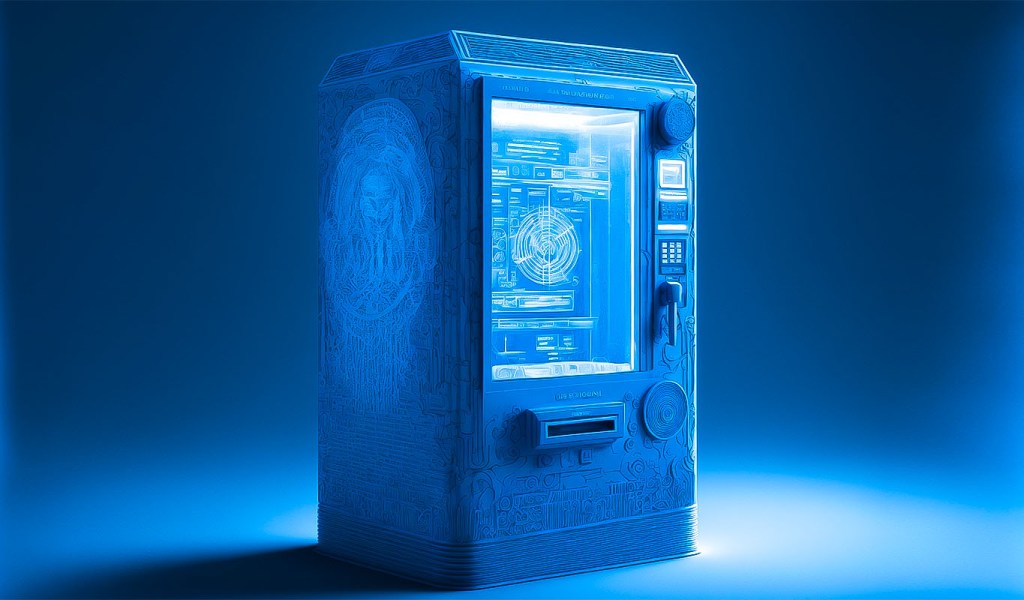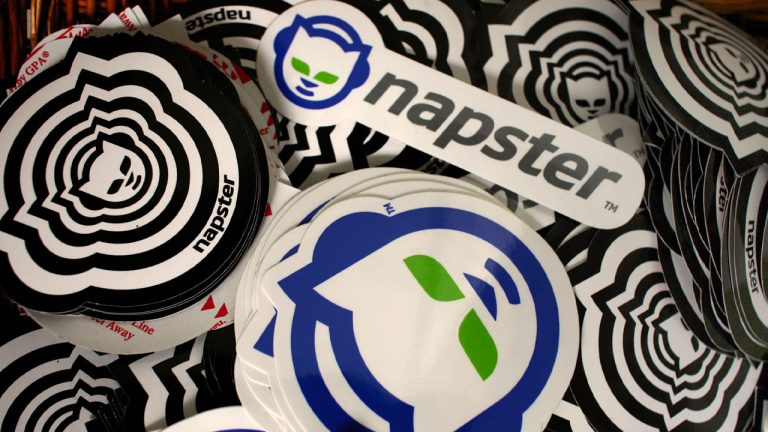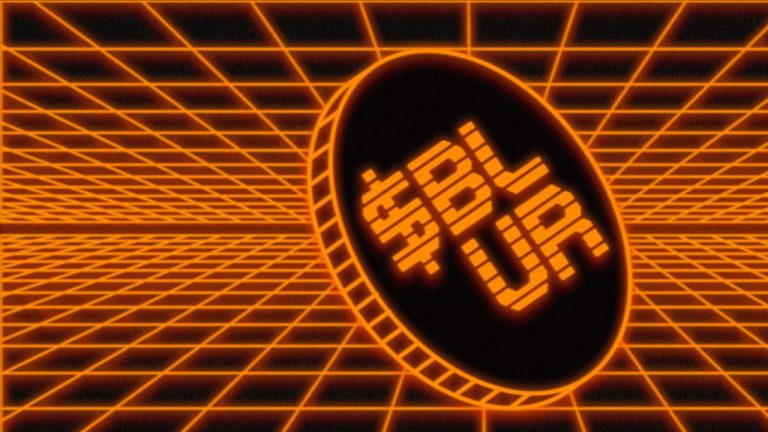
The creator contract beta release has been tested by users, with 84 contracts deployed and 250 NFTs minted so far.
According to a new twitter post on Feb. 16, e-commerce platform eBay's nonfungible tokens (NFT) marketplace KnownOrigin will launch creator smart contracts for its artists. With the new contract, artists will be able to split earnings and earn royalties as co-creators. As told by KnownOrigin, users have been testing its Creator Contract beta release for the past few weeks, with 84 contracts thus far deployed and 250 edition of NFTs minted. From Feb. 24 onwards, all approved creators on KnownOrigin will be able to deploy and mint work on their own contract for public release. Deployment will not require coding knowledge.
Last June, KnownOrigin was acquired by eBay for an undisclosed sum. According to its co-founder David Moore, the Ethereum (ETH) based platform seeks to "empower creators and collectors by giving them the ability to showcase, sell and collect unique, authenticated digital items."
eBay has enabled NFT listings on its direct marketplace since May 2021. However, the company has not integrated blockchain technology to support transfers or crypto-based sales on its platform. During an airdrop last May, users were required to use in-platform messaging or email to receive their NFTs outside of the platform. eBay does not currently support listings soliciting payments or transfers in cryptocurrencies.
Founded in 2020, KnownOrigin is known for having its dedicated, boutique community of NFT artists and creators. Currently, the most popular collection listed on the platform is that created by XCOPY, with 27 editions and 559 sales. Known for its share of "digitally glitched" and flashing imagery artworks, the collection has surapssed 1,523.78 ETH ($2.56 million) in total sales volume.
This piece is minted using KnownOrigin Creator Contracts, making use of the collaboration feature which will be available to all approved Creators on the 24th Feb!
— KnownOrigin.io (@KnownOrigin_io) February 16, 2023
View the full Collection:https://t.co/Ye0fMlseOZ















